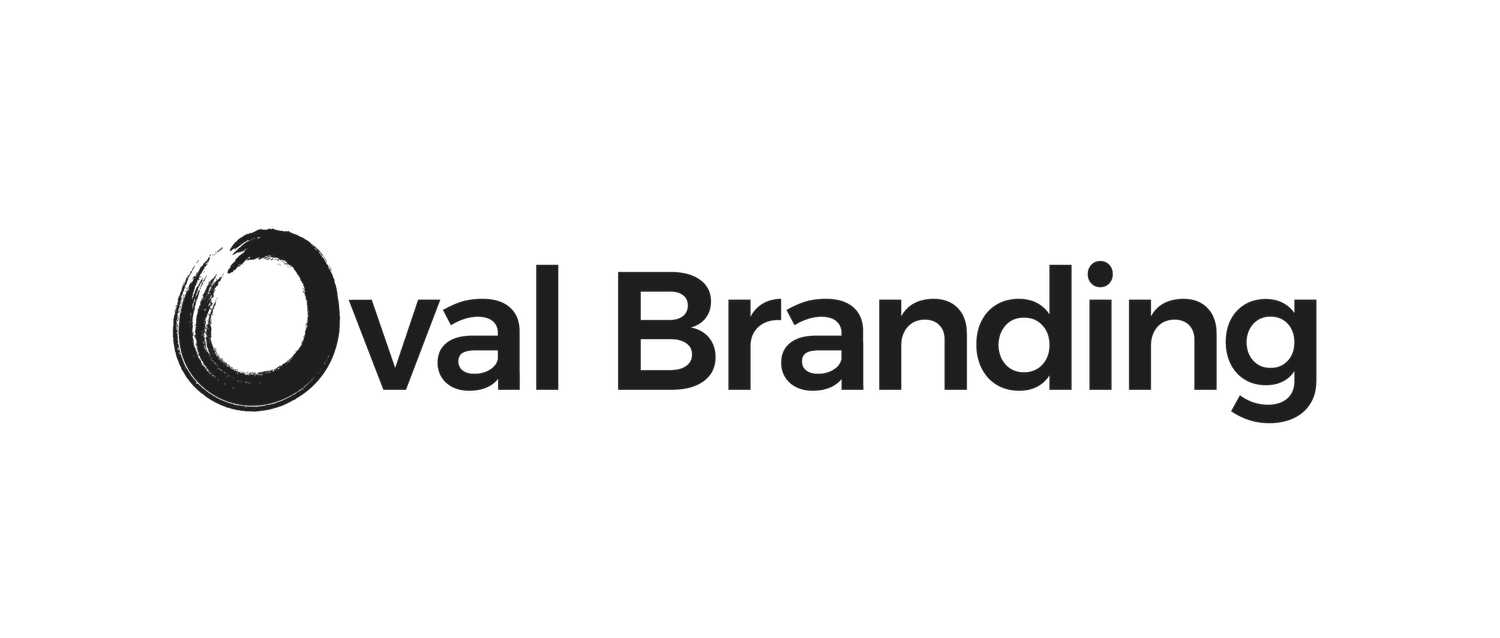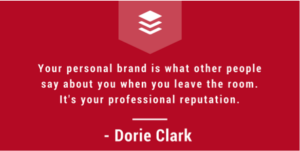5 Ways to Make Your Online Personal Brand Work for You
Have you googled yourself lately? What photos or updates have you shared recently on Instagram or Facebook? Any information you post online now or in the future is a part of your own branding.
There is an increasing interest and importance being given on personal branding and one’s online reputation. People prefer to relate to a person and prefer to build a connection with another human being. With the World Wide Web being everyone’s friend, people will learn things about you quickly. Your personal brand is a reflection of your values, your beliefs, and achievements.
To understand the importance of personal branding, you might want to analyze where you stand. If you think you need to boost your branding, check out these five ways to help improve your personal brand.
1. Reflect and acknowledge.
Who are you? What is the personality that you want to reflect to the world? What is it that you can offer and that your audience would need from you? Does you idea of "me" equate to what you see online? These questions will help you determine where you are and what you need to do to improve or continue.
Tip: Search on Google using the private or incognito mode. Google tracks all activities in your browser and being in the private mode will allow you to get a real understanding how your name ranks.
2. Consistency is key.
Once you have identified your brand, decide to stick to it. Branding does not happen overnight thus, everything needs to be consistent. You have to live and breathe the brand that you want to become so your audience sees it. The words that you use, how you speak, what you write, and how you behave should reflect this. Especially now that feedback is posted online, you wouldn’t know who is watching you. Every action – good or bad – can quickly be posted on Instagram or commented on Twitter.
3. Design your brand.
Take a look at all the photos and videos on your personal brand. Are they communicating the right message? If not, you can hire a professional photographer or graphic designer to make your brand more visually appealing. A nice headshot is ideal for your profile photo. Remember, first impressions always last and for sure you would want to create a good first impression for your target market.
What is visually appealing always catches people’s attention. Let your creative juices come out. Create your brand identity using elements such as logos, letterheads, color schemes, photos, videos, website, business cards etc. Keep in mind that this needs to be consistent to who you are and how you want to be perceived.
4. Be out there!
Find a way to establish your voice. This can be through creating your own content through blogs, being a guest writer, images, or video blogs. Keep in mind that you need to make this aligned to your brand identity both editorially and visually. You may also find opportunities where you can speak and engage with the audience. This will help reinforce who you are and what your brand is to your targeted audience.
5. Connect.
Don’t keep your brand to yourself or leave it all to chances. Network. Connect with people. Ask friends to link you up with their friends and associates. Look for events and activities that will give you the opportunity to have a face time with people in the community and industry you are targeting.
Creating a respectable and effective brand for yourself will only lead to greater opportunities. You have better chances of getting more clients and stronger partnerships with current clients, thus client retention is higher. Credibility will definitely be reinforced and improved and this open more opportunities to build relationships in the business and industry communities. All in all, building your personal brand and doing it right will lead to higher perceived value for you. What will you do to improve your personal brand online? Please comment below:
Sources:
Griffis, Hailley. Why Personal Branding is the Most Important Thing You Can Do for Yourself [SSM005]. BlufferApp. https://blog.bufferapp.com/dorie-clark-show-notes Accessed 1 December 2016.

